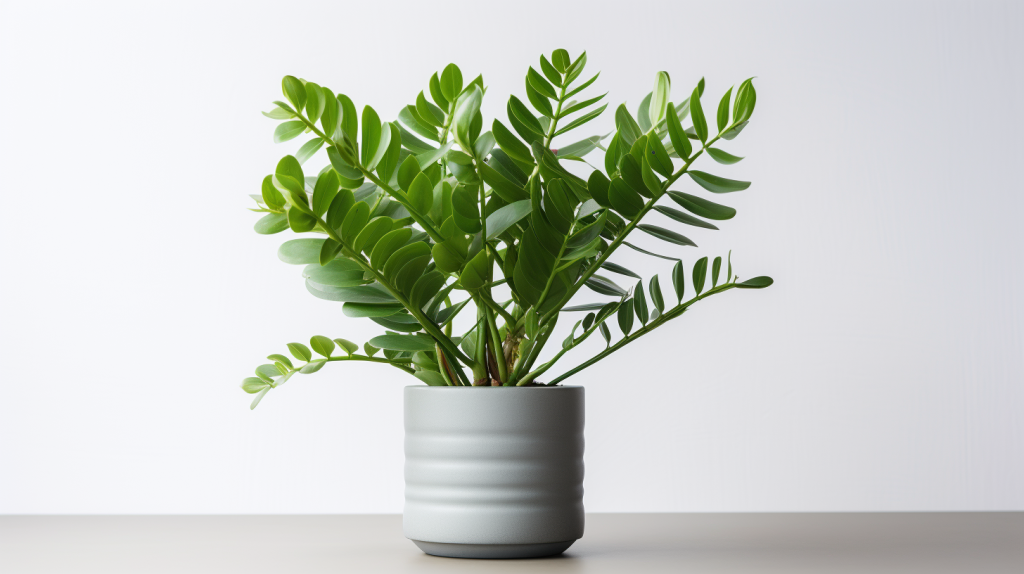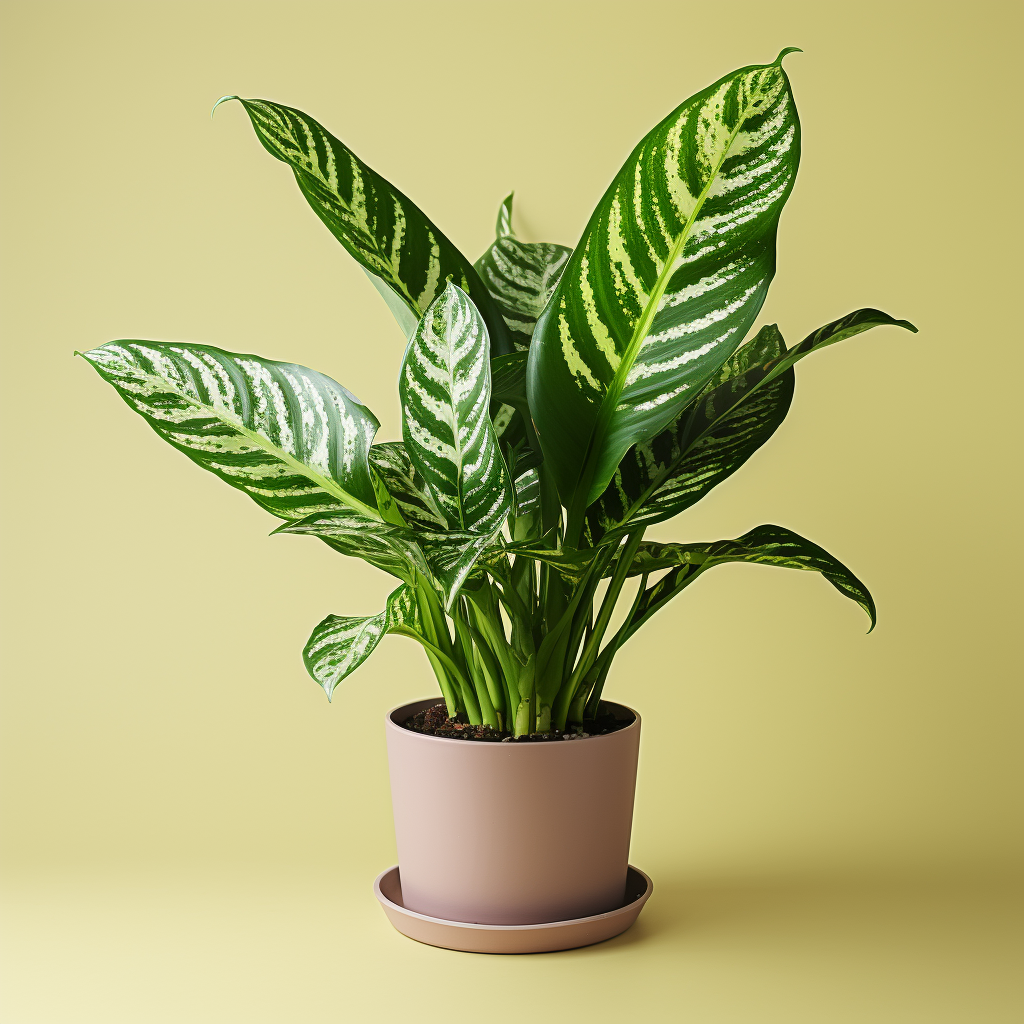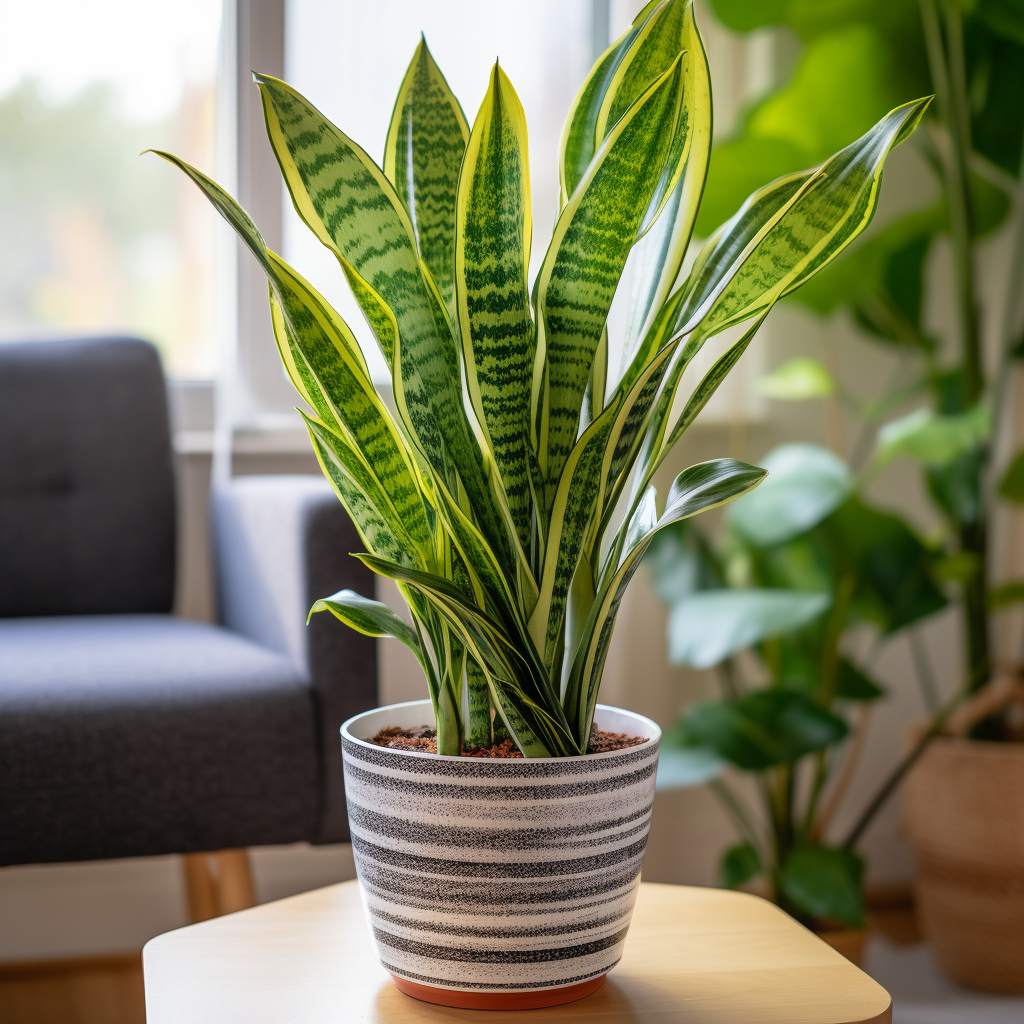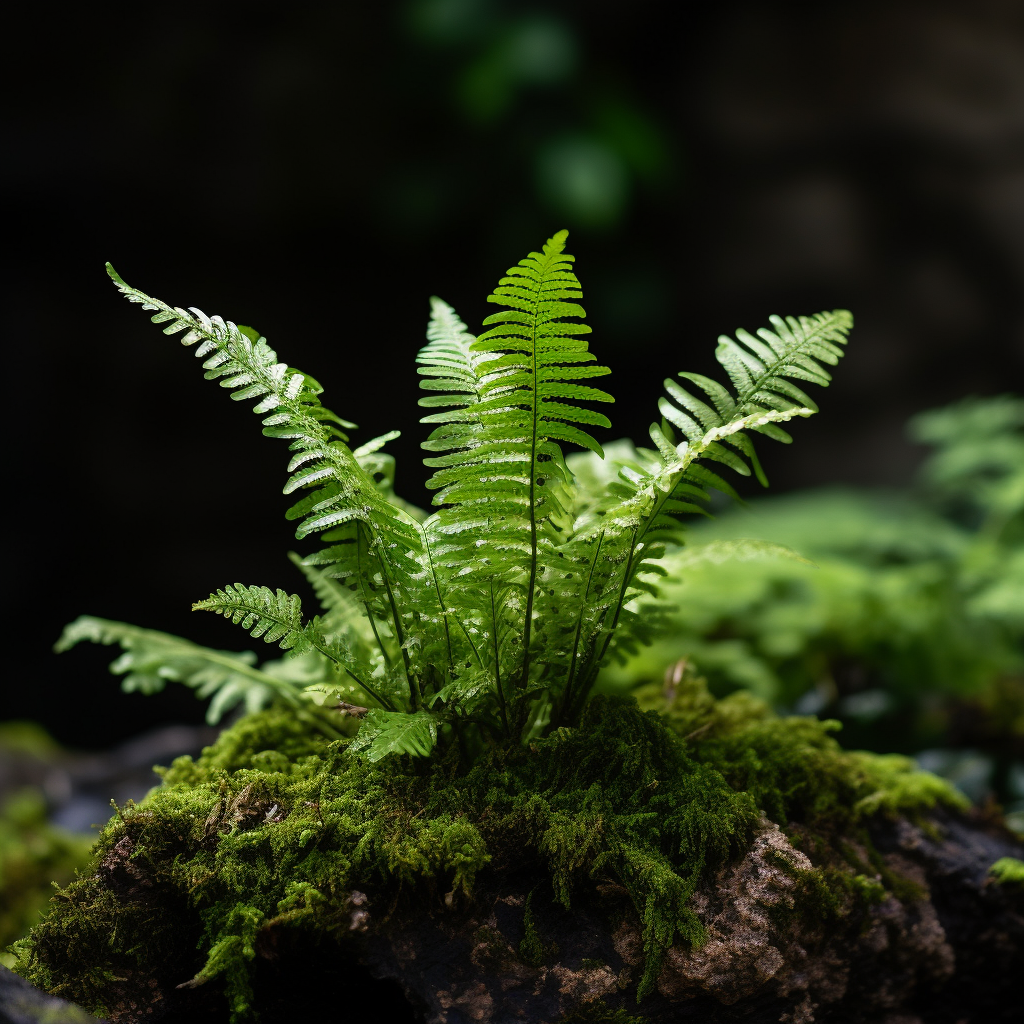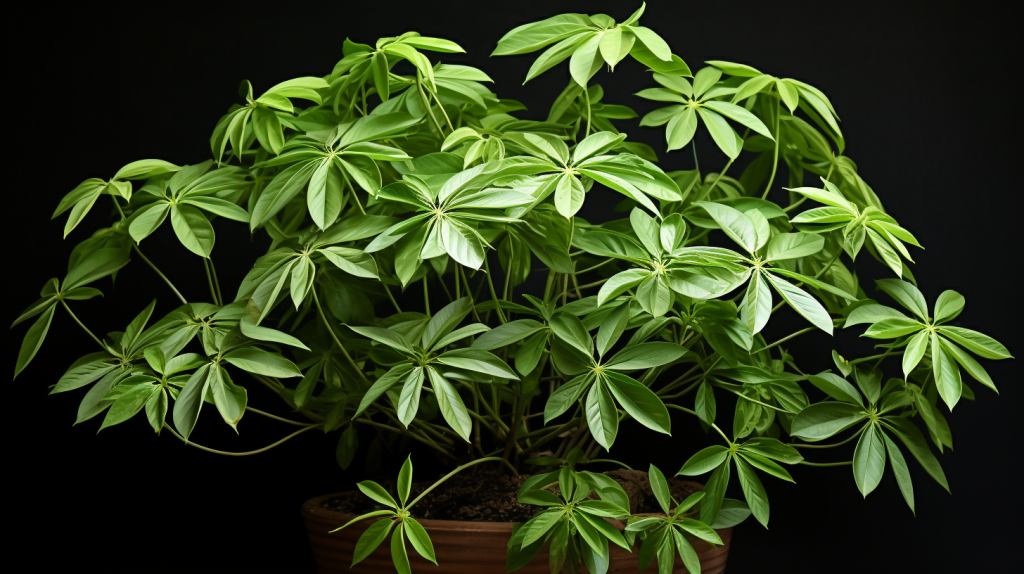Do you have a keen interest in indoor gardening? If yes, you might have heard about the ZZ Plant. This popular indoor plant is loved by homeowners and office workers alike for its resilient nature and elegant aesthetic. This article offers an in-depth exploration of the ZZ Plant, its growth, and caring guidelines.
What is the ZZ Plant?
The ZZ Plant, known by its scientific name Zamioculcas Zamiifolia, is a perennial tropical plant native to eastern Africa. Often hailed as a “perfect indoor plant,” the ZZ Plant has a reputation for surviving in low-light conditions and requiring minimal care, making it an excellent choice for beginners or busy homeowners.
Description Of ZZ Plant
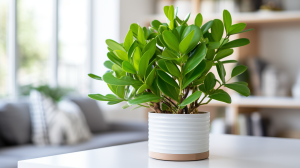
What makes the ZZ Plant such a visual treat? Its aesthetic appeal lies in its dark green, glossy, elliptical leaves that grow on tall, arching stems. Mature ZZ Plants can reach up to 3 feet in height, with leaves that are typically 5-7 inches long.
What Does The ZZ Plant Look Like?
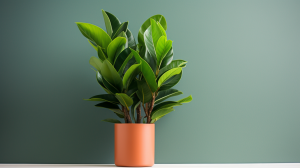
Imagine a lush, vibrant plant, with stems that rise vertically, punctuated by symmetrical leaves so shiny they could be mistaken for plastic. That’s your ZZ Plant! When the plant matures, its leaf-stalks thicken and take on a captivating zigzag appearance.
ZZ Plant Flowering
Would you believe that the ZZ Plant can flower? Yes, it does, although it’s not a common occurrence when cultivated indoors. The flowers are not particularly showy, appearing at the base of the plant as small, bright, yellow to brown spadices, covered by a white or pale green spathe.
Displaying ZZ Plant
Displaying a ZZ Plant is like adding a touch of tropical charm to your space. You can place it on a desk, a windowsill, or even a bathroom with low light. Thanks to its hardy nature, the ZZ Plant is also an excellent addition to commercial spaces like offices or lobbies.
Is The ZZ Plant Poisonous?
Here’s a point to note – the ZZ Plant is poisonous if ingested. All parts of the plant contain calcium oxalate crystals which can cause irritation to the skin, mouth, and throat. Hence, it’s best to keep the plant out of reach of children and pets.
ZZ Plant Facts
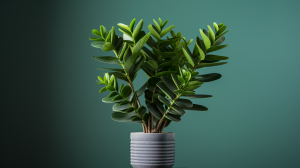
What makes the ZZ Plant unique? Let’s dive into some interesting facts.
| ZZ Plant Facts | |
|---|---|
| Native To | Eastern Africa |
| Scientific Name | Zamioculcas Zamiifolia |
| Plant Height | Up to 3 feet |
| Leaf Size | 5-7 inches long |
| Light Requirements | Low to bright indirect light |
| Toxicity | Toxic if ingested |
Caring For ZZ Plant
Taking care of a ZZ Plant is not as tricky as it might seem. Here’s a handy guide.
| Caring For ZZ Plant | |
|---|---|
| Watering | Let the soil dry out between waterings |
| Light Requirements | Low to bright indirect light |
| Soil Type | Well-draining potting mix |
| Temperature | 65-75°F |
| Humidity | Tolerates low humidity |
Common Problems
Like any other plant, ZZ Plants can face a few problems, such as yellow leaves due to overwatering, or leaf spot disease. Proper care and regular check-ups can help mitigate these issues.
Frequently Asked Questions
- Is the ZZ Plant a good indoor plant? Absolutely! Its low maintenance and tolerance for a wide range of light conditions make it an excellent indoor plant.
- How often should I water a ZZ Plant? Allow the soil to dry out completely between watering to prevent root rot.
- Can the ZZ Plant grow in low light? Yes, the ZZ Plant can tolerate low light, although it prefers bright indirect light.
- What is the average height of a ZZ Plant? A mature ZZ Plant can reach up to 3 feet in height.
- Is the ZZ Plant toxic to pets? Yes, all parts of the ZZ Plant are toxic if ingested and can cause irritation to pets and humans alike.
Conclusion
The ZZ Plant, with its striking appearance and low-maintenance requirements, is a fantastic addition to any indoor space. Its resilience in various light conditions and minimal watering needs make it a practical choice for novice gardeners or those with busy lifestyles. However, remember it is toxic if ingested, so take precautions if you have children or pets around.
References
- Missouri Botanical Garden. Zamioculcas Zamiifolia
- Gardening Know How. Caring for ZZ Plant
- National Capital Poison Center. ZZ Plant Poisonous
- North Carolina State University Extension Gardener. Zamioculcas Zamiifolia

